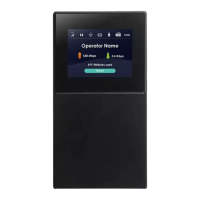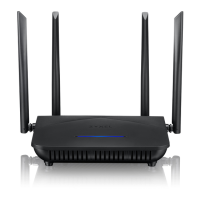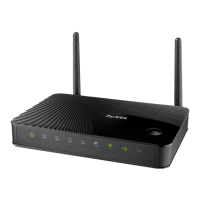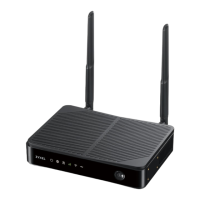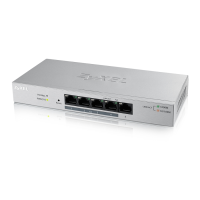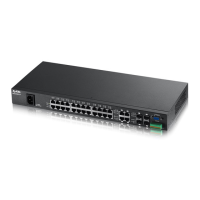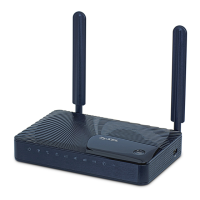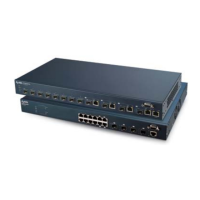Chapter 8 Wireless
NR/FWA Outdoor Series User’s Guide
117
4 Within 2 minutes, press the button on the other device. The registrar sends the network name (SSID) and
security key through a secure connection to the enrollee.
If you need to make sure that WPS worked, check the list of associated WiFi clients in the AP’s
configuration utility. If you see the WiFi client in the list, WPS was successful.
8.6.7.2 How WPS Works
When two WPS-enabled devices connect, each device must assume a specific role. One device acts
as the registrar (the device that supplies network and security settings) and the other device acts as the
enrollee (the device that receives network and security settings. The registrar creates a secure EAP
(Extensible Authentication Protocol) tunnel and sends the network name (SSID) and the WPA-PSK or
WPA2-PSK pre-shared key to the enrollee. Whether WPA-PSK or WPA2-PSK is used depends on the
standards supported by the devices. If the registrar is already part of a network, it sends the existing
information. If not, it generates the SSID and WPA2-PSK randomly.
The following figure shows a WPS-enabled client (installed in a notebook computer) connecting to a
WPS-enabled access point.
Figure 74 How WPS Works
The roles of registrar and enrollee last only as long as the WPS setup process is active (2 minutes). The
next time you use WPS, a different device can be the registrar if necessary.
The WPS connection process is like a handshake; only two devices participate in each WPS transaction.
If you want to add more devices you should repeat the process with one of the existing networked
devices and the new device.

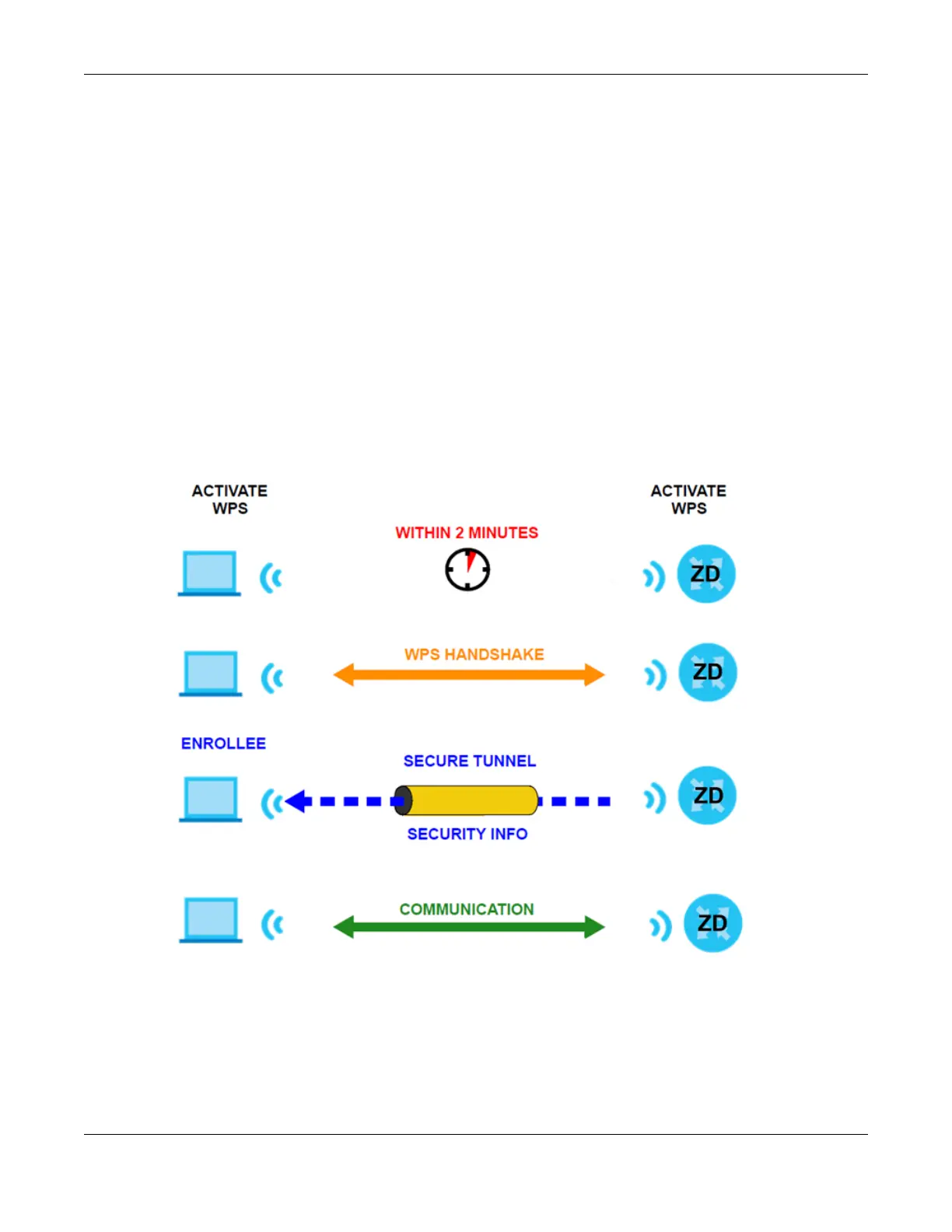